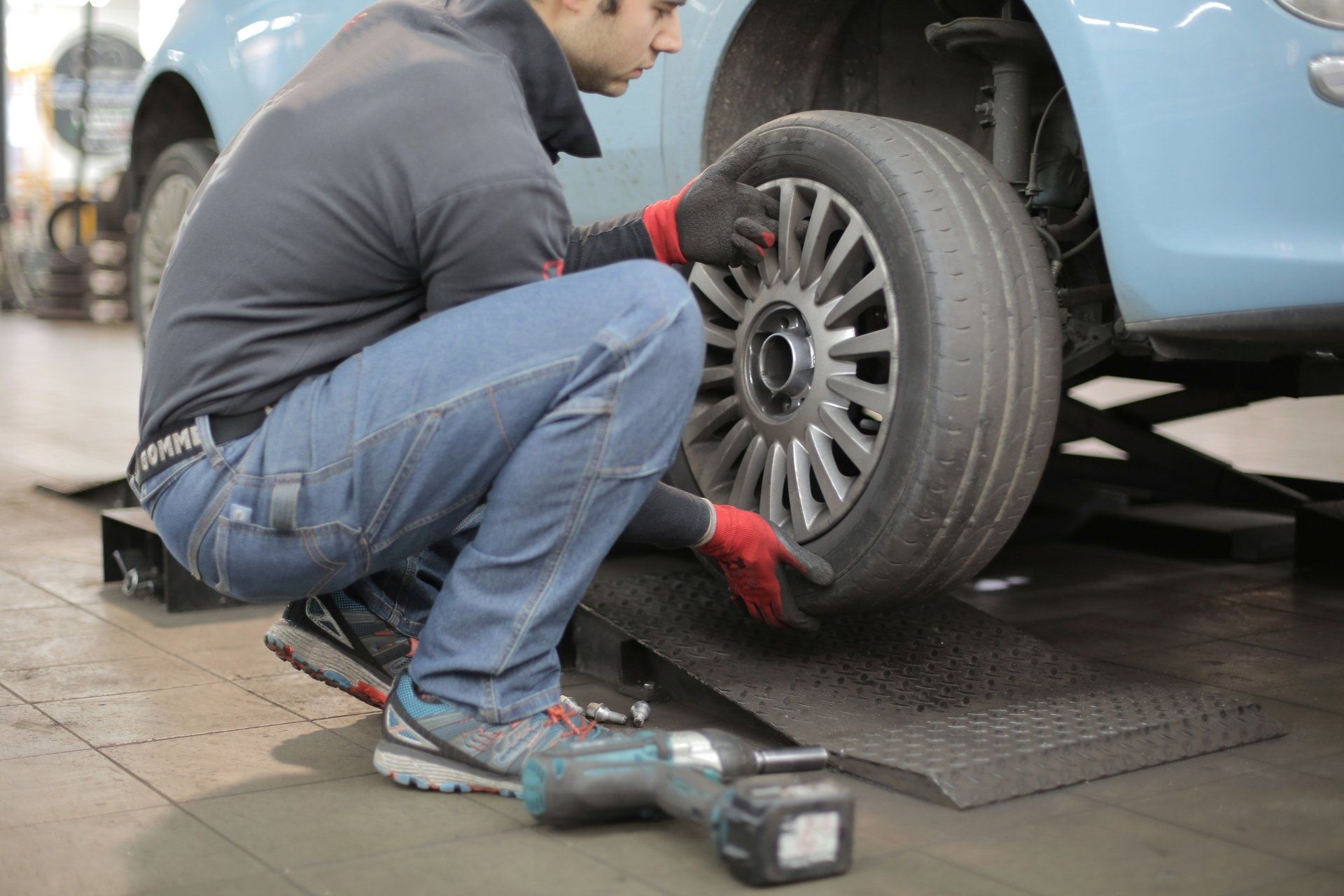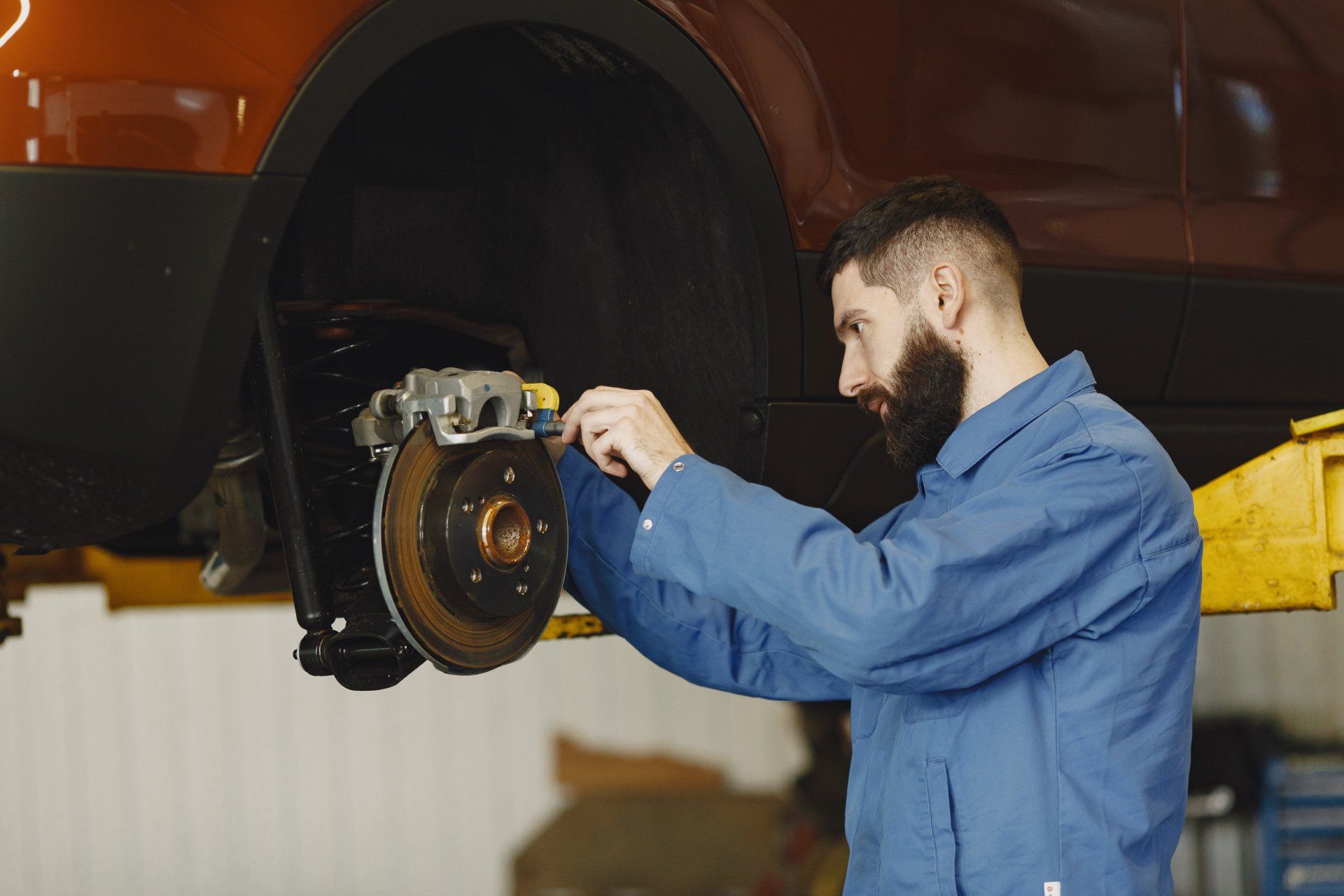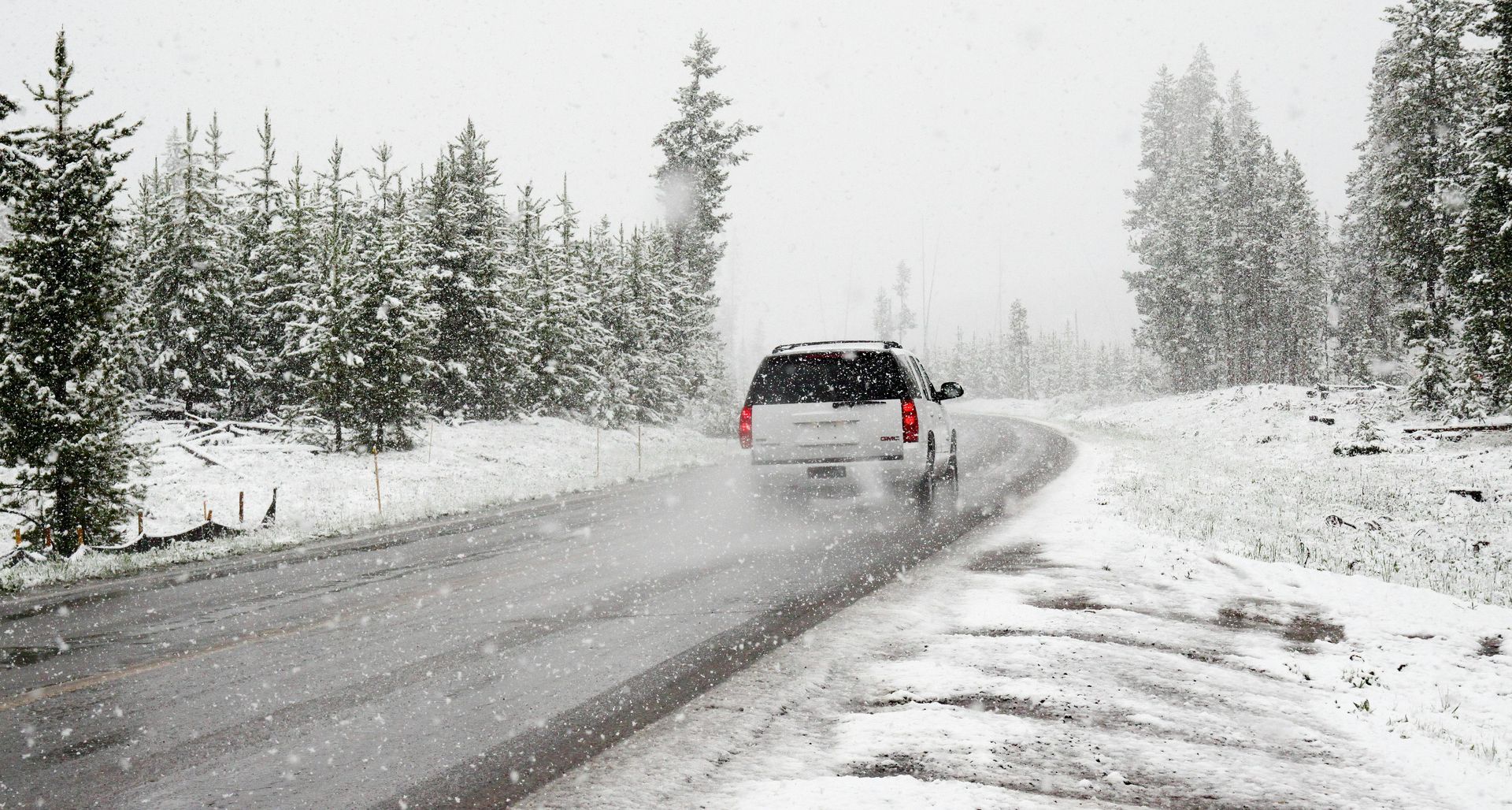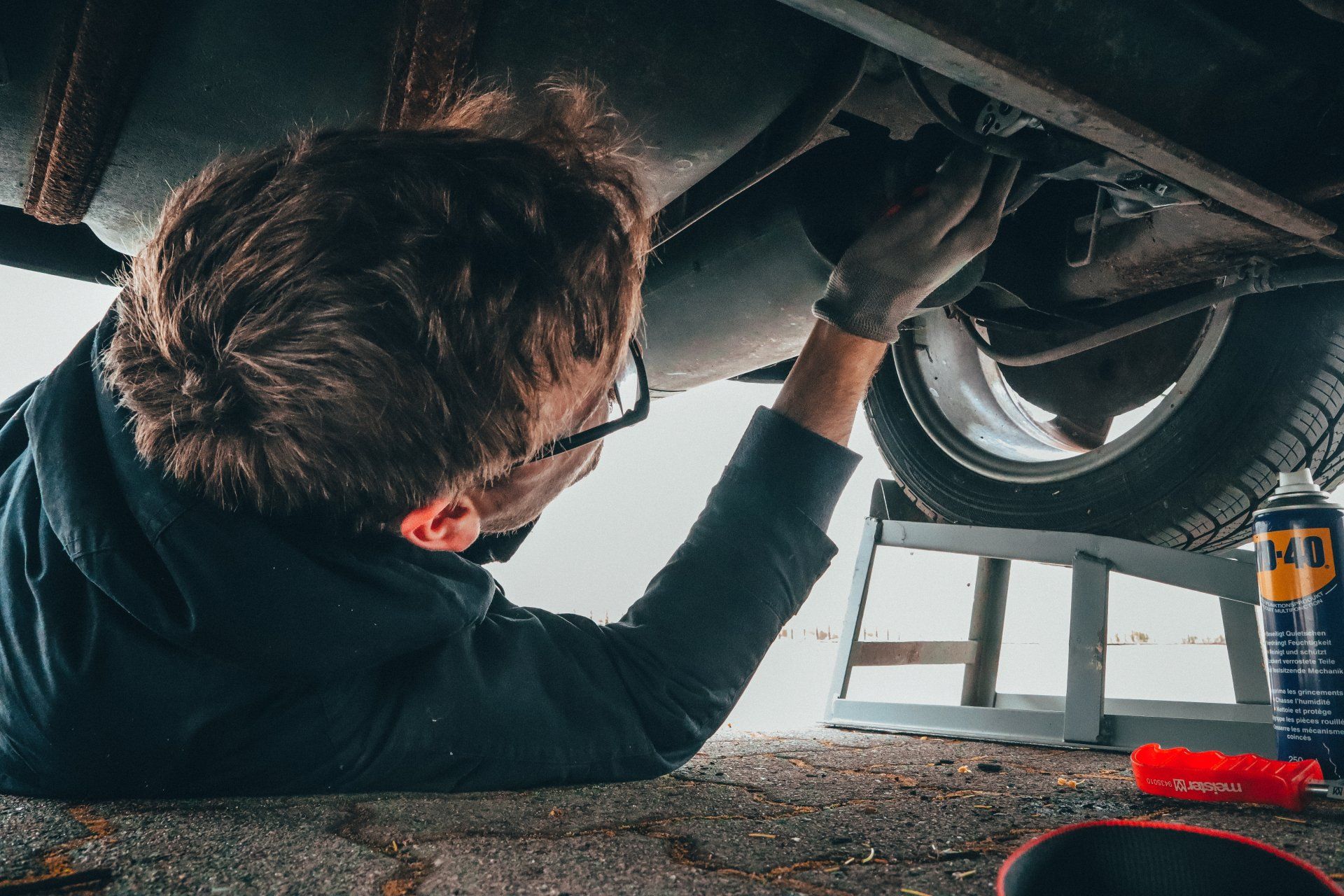Summer Road Trip Safety Tips in Cottonwood, AZ | Mango Automotive
As summer arrives in Arizona, many of us at Mango Automotive see a rise in road trip planning. Whether you're heading to the Grand Canyon or cruising through the desert, ensuring your vehicle is road trip-ready is essential for both safety and comfort. At Mango Automotive, with locations in Cottonwood, The Heights, and Downtown, AZ, we are committed to helping our customers keep their vehicles in peak condition for those long summer drives. In this blog post, we will explore key car components to check before hitting the open road and share practical advice to keep you and your passengers safe.
1. Tires: Your First Line of Defense
Before embarking on your summer adventure, your tires need careful inspection. Heat can be especially brutal on tires, leading to blowouts or excessive wear. At Mango Automotive in Yuma, AZ, we recommend checking for:
- Tread Depth: Bald or worn tires can reduce traction, especially on hot asphalt. Use the penny test or stop by one of our locations for a thorough tire inspection.
- Tire Pressure: Proper tire inflation ensures even wear and optimal fuel efficiency. Remember, tire pressure fluctuates with temperature, so be sure to monitor it closely.
- Alignment and Balance: Uneven wear can indicate an alignment or balance issue. Our technicians in Cottonwood, AZ, can perform an alignment to prevent your vehicle from pulling to one side, ensuring a smooth ride.
2. Brakes: Stop with Confidence
Your brakes are one of the most critical safety features of your vehicle. Before hitting the road, pay attention to these signs of brake wear:
- Squealing or Grinding Noises: If you hear unusual sounds when braking, it’s a clear sign you need a brake check. Don’t let worn brake pads turn into a more expensive repair.
- Brake Pedal Vibration: A vibrating brake pedal could indicate warped rotors. At Mango Automotive, our technicians in Downtown, AZ, can quickly diagnose and fix any brake issues, ensuring you're ready for any unexpected stops on your journey.
3. Fluids: Keeping Your Car Cool
Summers in Arizona can be scorching, and overheating is a common problem during long road trips. Proper fluid levels are essential to prevent this:
- Coolant: Your vehicle's cooling system should be your top priority before a summer road trip. Low coolant levels or leaks can lead to overheating. Visit our Heights, AZ, location for a coolant flush and inspection to ensure your engine stays cool under pressure.
- Engine Oil: Ensure your oil is clean and filled to the proper level. Oil lubricates your engine, and during hot weather, it works harder to keep everything running smoothly. At Mango Automotive, we recommend an oil change before any long road trip to ensure optimal performance.
- Brake and Transmission Fluid: While often overlooked, these fluids are vital for safe braking and gear shifting. Let our team in Yuma, AZ, top off and inspect all your fluids to ensure they’re at the correct levels.
4. Battery: Power Through the Heat
Car batteries can be temperamental in extreme heat. Before you find yourself stranded, check your battery’s health:
- Battery Life: Heat can accelerate battery failure, especially in older batteries. If your battery is more than three years old, we recommend getting it tested at one of our Mango Automotive locations.
- Corrosion: Inspect the battery terminals for any signs of corrosion, which can interfere with the electrical connection. We offer battery cleaning services to ensure reliable performance throughout your trip.
5. Air Conditioning: Stay Comfortable
Nothing makes a long road trip more unbearable than a malfunctioning A/C system. Arizona’s summer heat can be oppressive, so make sure your A/C is working at full capacity:
- A/C Performance: If your air conditioning isn’t blowing cold air, it might need a recharge or repair. Our technicians in Cottonwood, AZ, can perform a thorough inspection, recharge the system, and replace any failing components to keep you cool on the road.
6. Wipers and Lights: See Clearly, Drive Safely
Visibility is key to safe driving, especially when summer storms roll in or you're driving through remote areas after dark:
- Wiper Blades: Arizona’s dry weather can wear out wiper blades quickly. Replace old blades to ensure you can clear dust, rain, or bugs from your windshield.
- Lights: Check all headlights, brake lights, and turn signals. We can replace any burnt-out bulbs at our Yuma, AZ, location to keep you visible and safe during your road trip.
7. Belts and Hoses: Prevent Breakdowns
Worn belts or cracked hoses can lead to breakdowns in the middle of nowhere, ruining your vacation plans. Be proactive by inspecting these components:
- Serpentine Belt: This belt powers multiple important systems, including the alternator and A/C. A worn or frayed belt could snap at the worst possible time.
- Radiator Hoses: Leaks in the cooling system can cause your car to overheat. Have our experts in The Heights, AZ, inspect and replace any weakened hoses before they fail.
8. Emergency Kit: Be Prepared
Even with all the preparation, unexpected situations can arise. Pack an emergency kit that includes:
- A spare tire, jack, and tire iron
- Jumper cables
- Basic tool kit
- Flashlight and extra batteries
- First-aid supplies
- Bottled water and non-perishable snacks
At Mango Automotive, we believe that preparation is key to a successful and stress-free summer road trip. Our expert technicians are here to help ensure your vehicle is ready to tackle the miles ahead with confidence. From tire checks to brake services, we offer comprehensive inspections and repairs at our Cottonwood, The Heights, Downtown, and Yuma locations.
Final Thoughts
A summer road trip is meant to be fun and memorable. By taking the time to ensure your car is in top condition, you’ll reduce the likelihood of breakdowns and ensure you and your loved ones stay safe on the road. At Mango Automotive, we’re here to provide expert advice and trusted service so you can enjoy your travels with peace of mind. Stop by any of our Arizona locations today for a summer road trip safety check, or schedule your appointment online.











